Home>Gardening & Outdoor>Landscaping Ideas>When To Put Pre Emergent On Grass
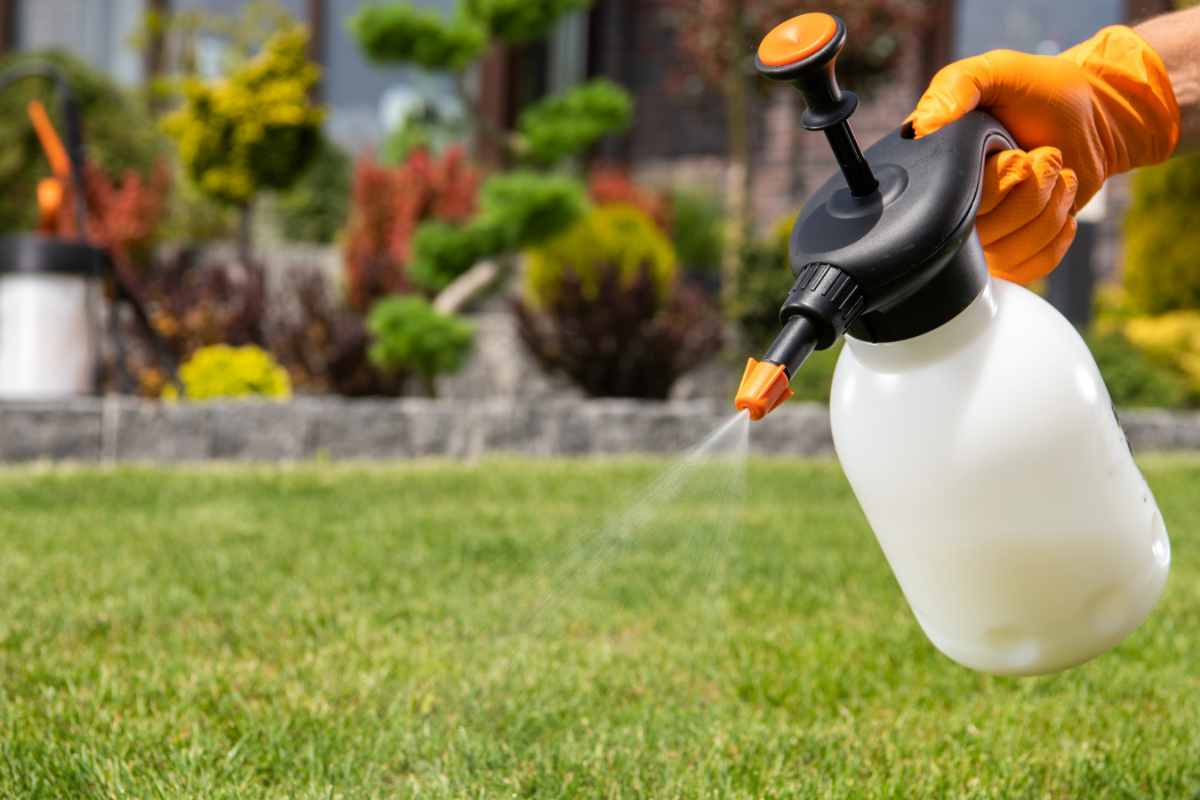

Landscaping Ideas
When To Put Pre Emergent On Grass
Modified: March 24, 2024
Learn when to apply pre-emergent on your grass and keep your landscaping looking its best. Discover effective landscaping ideas for a healthy lawn.
(Many of the links in this article redirect to a specific reviewed product. Your purchase of these products through affiliate links helps to generate commission for Storables.com, at no extra cost. Learn more)
Introduction
Landscaping is an art that requires both creativity and careful planning. One of the key elements in maintaining a lush, healthy lawn is weed control. Weeds not only detract from the aesthetic appeal of a lawn but also compete with grass for essential nutrients, water, and sunlight. To combat these unwelcome intruders, many homeowners turn to pre-emergent herbicides. These powerful compounds are designed to prevent weed seeds from germinating, providing a proactive approach to weed management.
Understanding the optimal timing for the application of pre-emergent herbicides is crucial to their effectiveness. In this comprehensive guide, we will delve into the intricacies of pre-emergent herbicides, explore the factors that influence their application, and determine the best time to apply them to your lawn. By the end of this article, you will be equipped with the knowledge and insights needed to make informed decisions about pre-emergent herbicide application, ensuring a vibrant and weed-free lawn for all to enjoy.
Key Takeaways:
- Timing is crucial for applying pre-emergent herbicides to prevent weed growth. Monitoring soil temperature and understanding local climate patterns are essential for effective application.
- Applying pre-emergent herbicides requires even distribution, proper timing and watering, protection of desired plants, and adherence to safety precautions for maximum effectiveness.
Read more: What Pre-Emergent For Bermuda Grass
Understanding Pre-Emergent Herbicides
Pre-emergent herbicides are a vital tool in the fight against weeds. Unlike post-emergent herbicides, which target existing weeds, pre-emergent herbicides are applied to the soil to prevent weed seeds from germinating. These herbicides create a barrier that inhibits the growth of weed seedlings, effectively stopping them before they have a chance to emerge. This proactive approach is particularly effective against annual weeds, which germinate from seeds each year.
Most pre-emergent herbicides work by inhibiting the enzyme acetolactate synthase (ALS), which is essential for the growth and development of plants. By targeting this key enzyme, pre-emergent herbicides disrupt the normal physiological processes of weed seeds, preventing them from sprouting and establishing themselves in the soil. It’s important to note that pre-emergent herbicides do not affect existing weeds or perennial weeds that spread via rhizomes or stolons. As such, they are best used as part of a comprehensive weed management strategy that includes post-emergent herbicides and cultural practices.
When selecting a pre-emergent herbicide, it’s crucial to choose a product that targets the specific types of weeds present in your lawn. Different herbicides are effective against different weed species, so understanding the types of weeds you are dealing with is essential. Additionally, it’s important to follow the manufacturer’s instructions regarding application rates, timing, and safety precautions to ensure the best results and minimize any potential negative impacts on the environment.
By gaining a deeper understanding of how pre-emergent herbicides work and their role in weed management, homeowners can make informed decisions about their use, ultimately leading to healthier, more vibrant lawns.
Factors to Consider
Several factors come into play when determining the optimal timing for applying pre-emergent herbicides to your lawn. Understanding these factors is crucial to maximizing the effectiveness of the herbicide and achieving long-term weed control.
- Soil Temperature: The soil temperature plays a significant role in the germination of weed seeds. Different weed species have specific temperature thresholds for germination. For example, crabgrass typically begins to germinate when soil temperatures reach around 55 to 60 degrees Fahrenheit. Monitoring the soil temperature in your area can help you determine the ideal time to apply pre-emergent herbicides to target specific weed species.
- Weed Species: Different weed species have varying germination periods. Understanding the life cycles and germination patterns of the predominant weed species in your lawn is essential for effective weed control. By identifying the primary weeds and their germination timelines, you can tailor your pre-emergent herbicide application to coincide with the optimal window for preventing their germination.
- Local Climate: The climate in your region, including factors such as precipitation and temperature fluctuations, can influence the timing of pre-emergent herbicide application. Areas with milder winters and early springs may require earlier application, while regions with later spring onset may have a different optimal timing for herbicide application.
- Lawn Maintenance Practices: The cultural practices employed in lawn maintenance, such as aeration, dethatching, or overseeding, can impact the efficacy of pre-emergent herbicides. It’s important to consider the timing of these maintenance activities in relation to pre-emergent herbicide application to ensure compatibility and maximize the benefits of both practices.
- Herbicide Persistence: Different pre-emergent herbicides have varying persistence in the soil. Some products provide longer-lasting control, while others may break down more quickly. Understanding the persistence of the herbicide you plan to use is essential for planning subsequent applications and avoiding potential issues with carryover into desirable plants.
By carefully considering these factors and tailoring your approach based on the specific conditions in your lawn, you can optimize the timing of pre-emergent herbicide application for maximum effectiveness in weed prevention.
Apply pre-emergent to your grass in early spring before weeds germinate. This will prevent weed seeds from sprouting and taking over your lawn. Be sure to follow the instructions on the product for best results.
Best Time to Apply Pre-Emergent
Timing is critical when it comes to applying pre-emergent herbicides for effective weed control. The ideal timing varies based on the predominant weed species in your area and the local climate conditions. Understanding the germination patterns of common weeds and the specific soil temperature thresholds can help pinpoint the best time to apply pre-emergent herbicides.
For many regions, early spring is a key window for pre-emergent herbicide application. As soil temperatures begin to rise and reach the range suitable for weed seed germination, applying pre-emergent herbicides before the weeds have a chance to sprout is crucial. This proactive approach can prevent the establishment of annual weeds like crabgrass, goosegrass, and annual bluegrass, among others.
Monitoring soil temperatures using a soil thermometer can provide valuable insights into the optimal timing for pre-emergent herbicide application. When the soil temperature approaches the threshold for weed seed germination, typically around 55 to 60 degrees Fahrenheit for many common weed species, it’s time to consider applying pre-emergent herbicides to create a barrier that inhibits their growth.
Additionally, considering the local climate and weather patterns is essential. Areas with milder winters and early springs may necessitate earlier pre-emergent herbicide application, while regions with later spring onset might have a slightly different optimal timing. Understanding the specific conditions in your area, including historical weather patterns and local climate data, can aid in determining the best time to apply pre-emergent herbicides for maximum efficacy.
It’s important to note that applying pre-emergent herbicides too early or too late can diminish their effectiveness. Timing the application to coincide with the onset of weed germination is crucial for achieving the desired weed control results. By staying attuned to soil temperatures, local climate patterns, and the germination behavior of prevalent weed species, homeowners can make informed decisions about the best time to apply pre-emergent herbicides, ultimately leading to a healthier and more resilient lawn.
Application Techniques
Applying pre-emergent herbicides requires careful attention to detail and adherence to best practices to ensure optimal effectiveness and minimal impact on the surrounding environment. The following techniques can help homeowners achieve successful pre-emergent herbicide application:
- Even Distribution: When applying pre-emergent herbicides, ensuring an even distribution of the product across the lawn is crucial. This can be achieved using a calibrated spreader, which helps disperse the herbicide uniformly, preventing patchy coverage and potential gaps where weed seeds could germinate.
- Timing and Watering: After applying the pre-emergent herbicide, it’s important to water the lawn lightly. This helps activate the herbicide and incorporate it into the soil, where it can form a barrier against weed seed germination. Following the manufacturer’s recommendations regarding watering after application is essential for maximizing the herbicide’s efficacy.
- Protecting Desired Plants: When applying pre-emergent herbicides near ornamental plants, flower beds, or vegetable gardens, it’s important to take precautions to protect these desirable plants from potential herbicide exposure. Using a shield or barrier during application can prevent accidental contact with ornamental plants, ensuring that the herbicide targets weeds while safeguarding valued vegetation.
- Post-Application Care: After applying pre-emergent herbicides, it’s advisable to avoid disturbing the treated soil to maintain the integrity of the herbicide barrier. This includes refraining from aggressive raking, tilling, or core aeration immediately after application, as these activities can disrupt the herbicide layer and compromise its effectiveness.
- Adhering to Safety Precautions: Prior to application, carefully review the safety guidelines provided by the herbicide manufacturer. This includes wearing appropriate personal protective equipment, such as gloves and eye protection, and ensuring that pets and children are kept away from treated areas until the herbicide has been watered in and the area is dry.
By employing these application techniques and following the recommended guidelines, homeowners can achieve effective pre-emergent herbicide application while minimizing the potential risks and maximizing the benefits of weed prevention.
Conclusion
Pre-emergent herbicides are valuable tools for proactively managing weeds and maintaining a healthy, vibrant lawn. By understanding the mechanisms of pre-emergent herbicides, considering key factors such as soil temperature and weed species, and applying them at the optimal time using effective techniques, homeowners can achieve long-term weed control and promote the overall health of their lawns.
Timing is of the essence when it comes to pre-emergent herbicide application. Monitoring soil temperatures, understanding local climate patterns, and being aware of the germination behavior of prevalent weed species are essential for pinpointing the best time to apply pre-emergent herbicides. By aligning the application with the onset of weed germination, homeowners can create a barrier that inhibits the growth of weed seedlings, preventing them from establishing and competing with the grass.
Furthermore, employing proper application techniques, such as ensuring even distribution, timing and watering, protecting desired plants, and adhering to safety precautions, is crucial for maximizing the effectiveness of pre-emergent herbicides while minimizing any potential adverse effects on the environment and non-target plants.
Ultimately, a well-executed pre-emergent herbicide application, combined with comprehensive lawn care practices, can lead to a lush, weed-free lawn that enhances the beauty of the outdoor space and provides a welcoming environment for outdoor activities and relaxation.
By integrating the knowledge and insights gained from this guide into their lawn care routines, homeowners can take proactive steps to safeguard the health and appearance of their lawns, ensuring that they remain resilient and vibrant throughout the growing season.
Frequently Asked Questions about When To Put Pre Emergent On Grass
Was this page helpful?
At Storables.com, we guarantee accurate and reliable information. Our content, validated by Expert Board Contributors, is crafted following stringent Editorial Policies. We're committed to providing you with well-researched, expert-backed insights for all your informational needs.
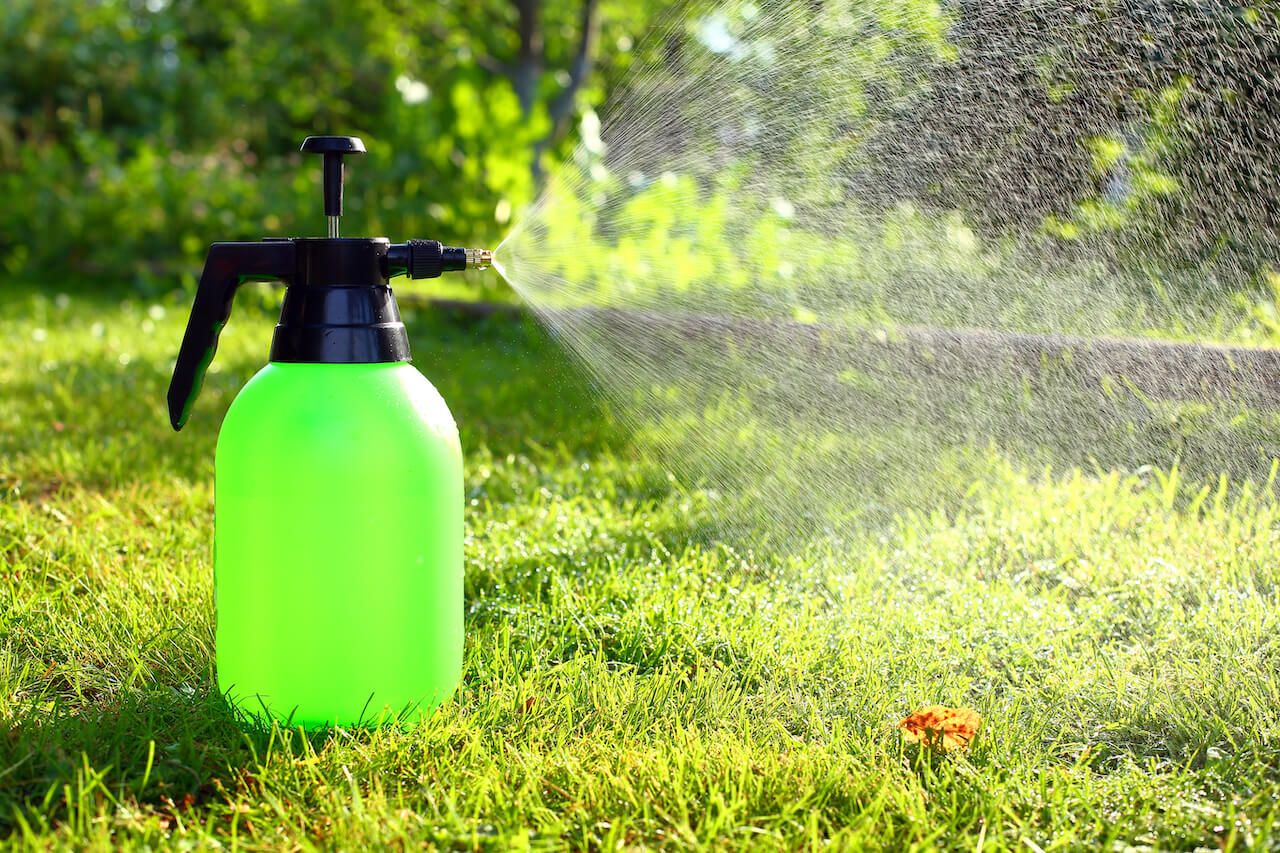
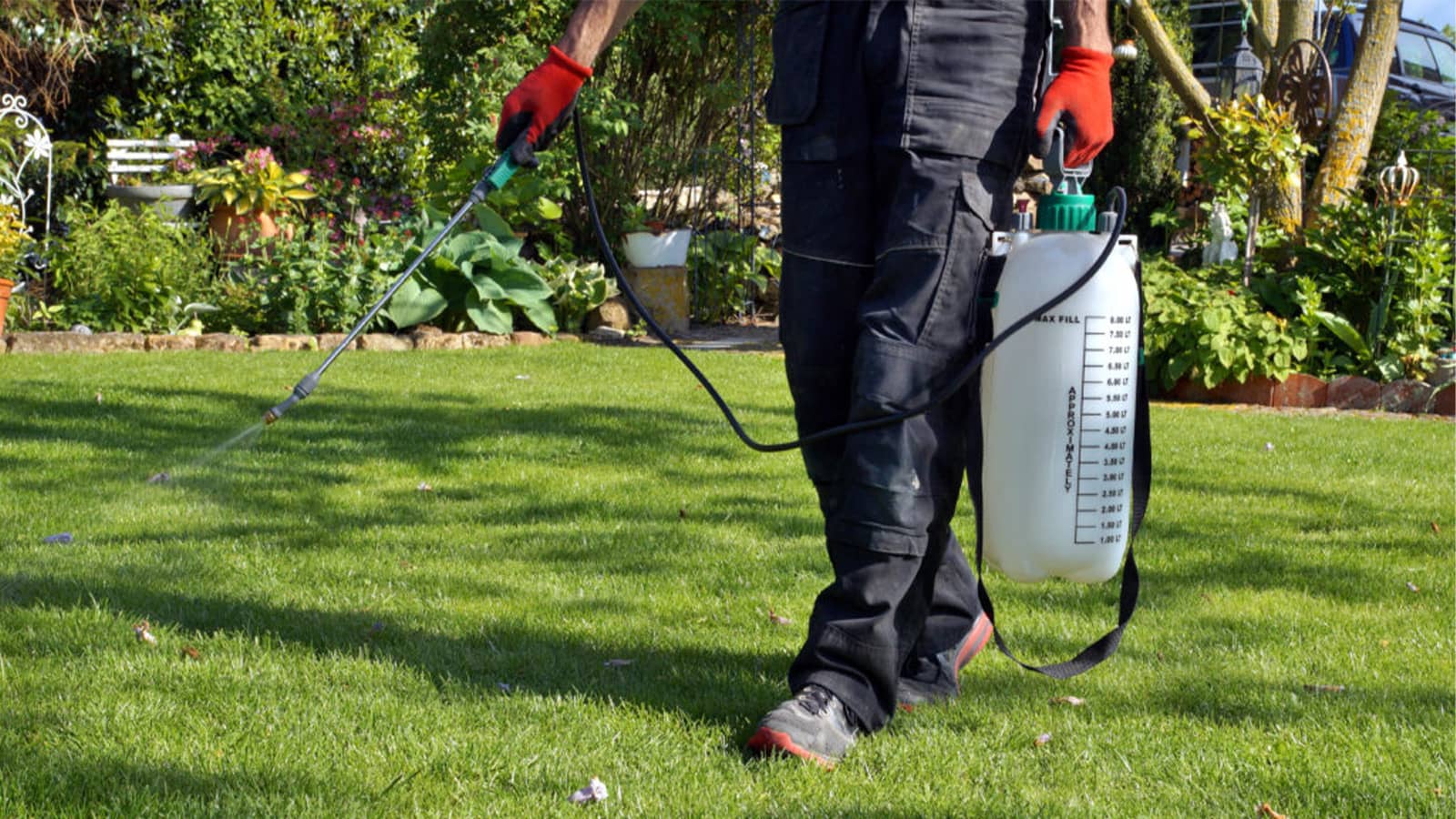
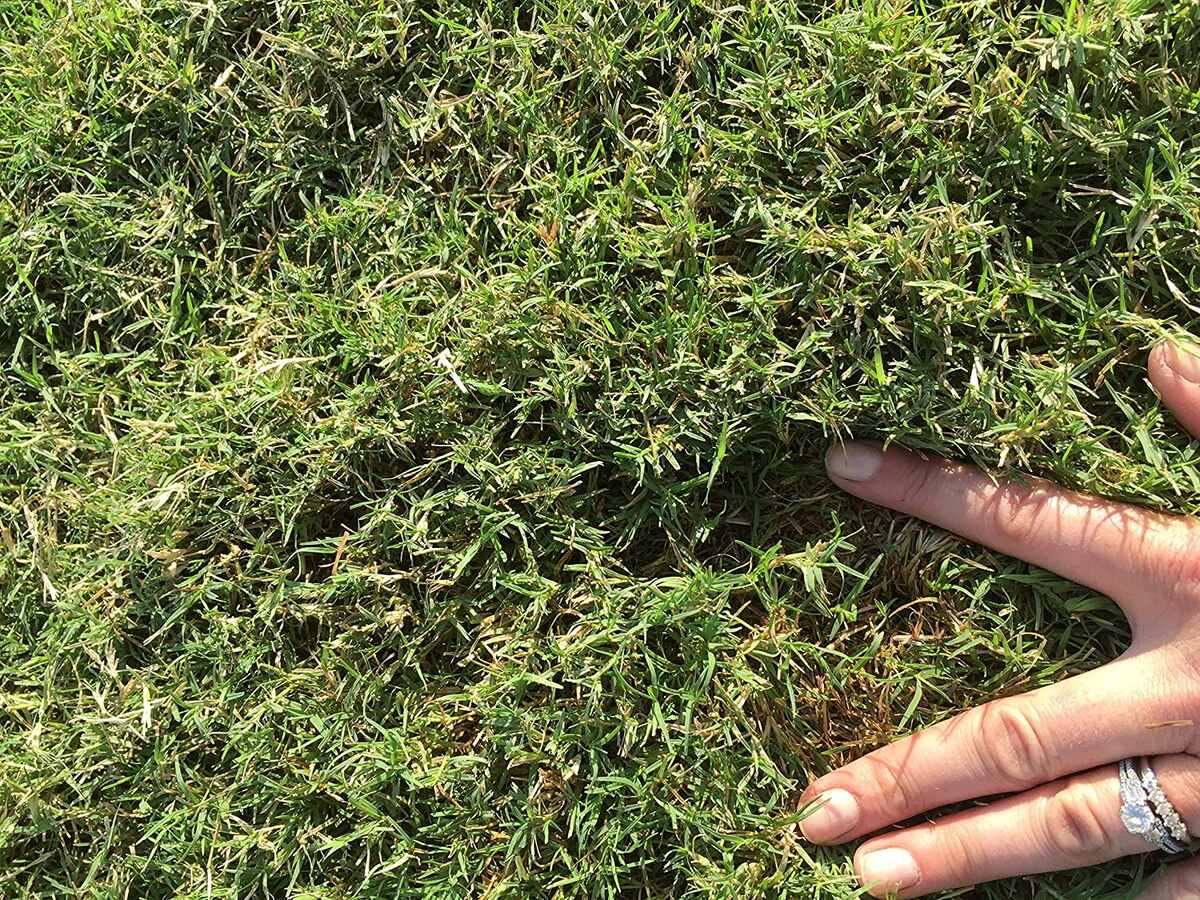
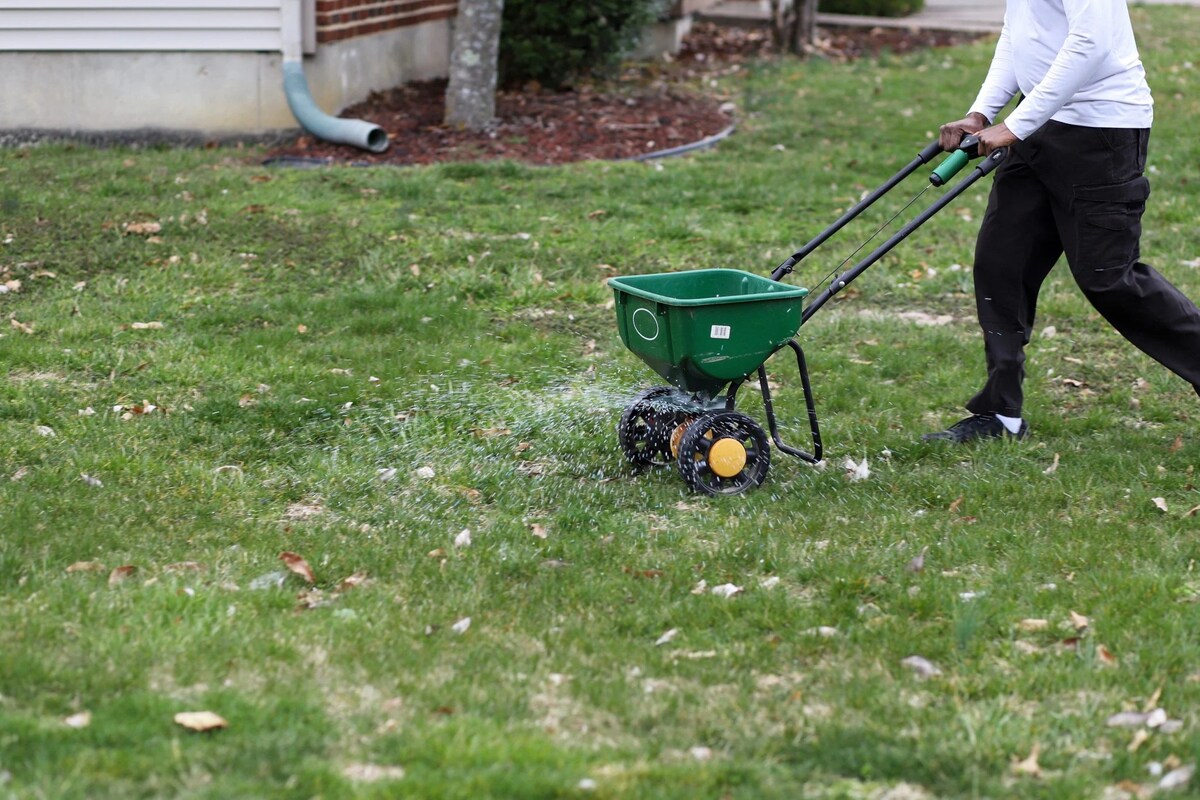
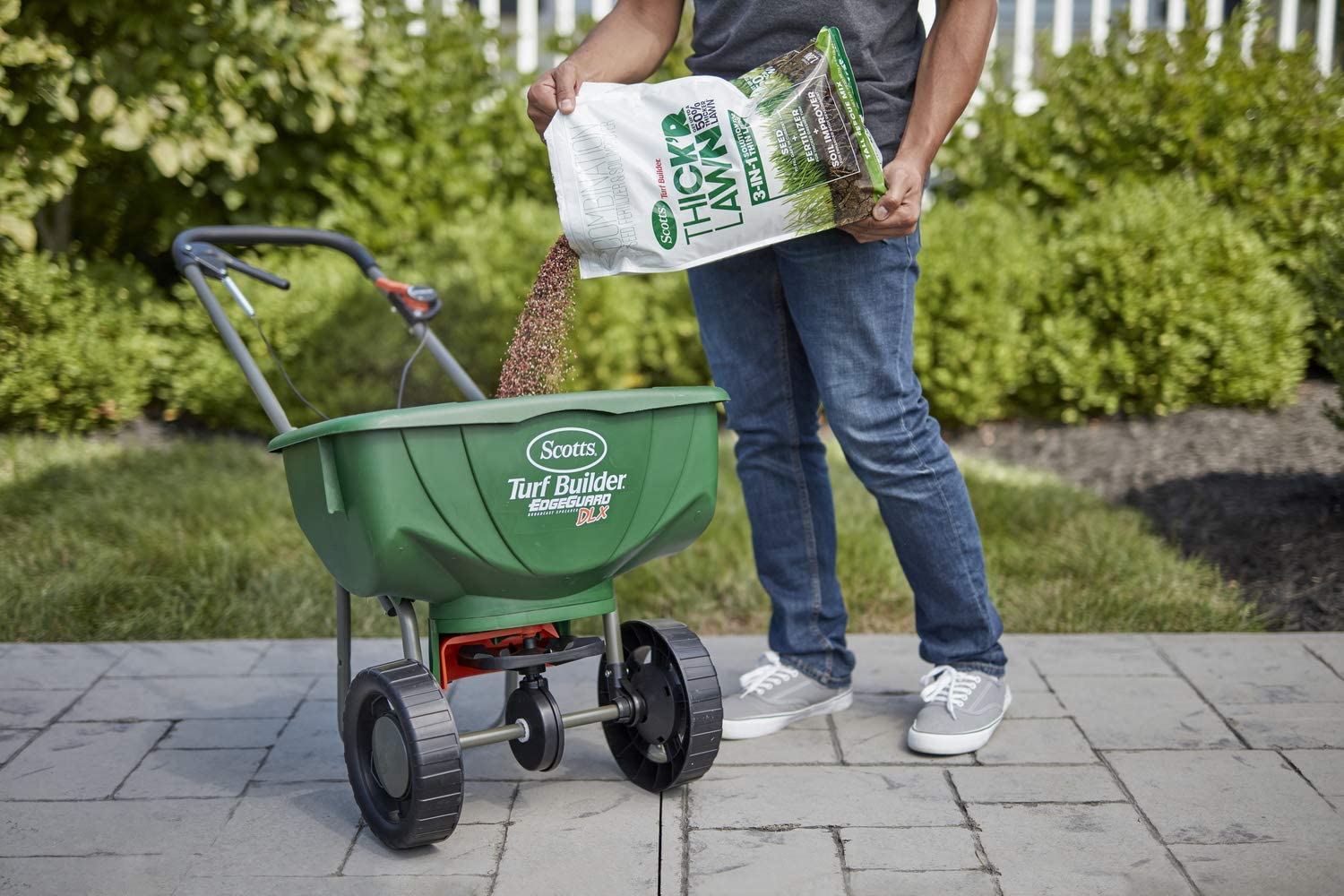
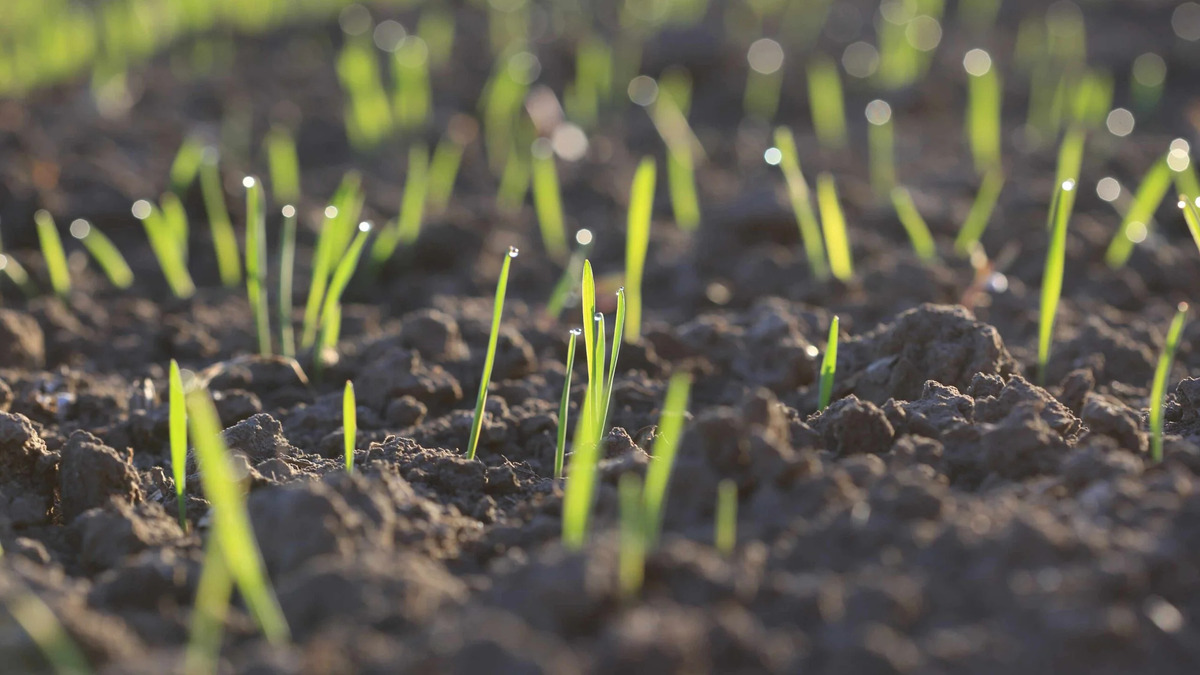
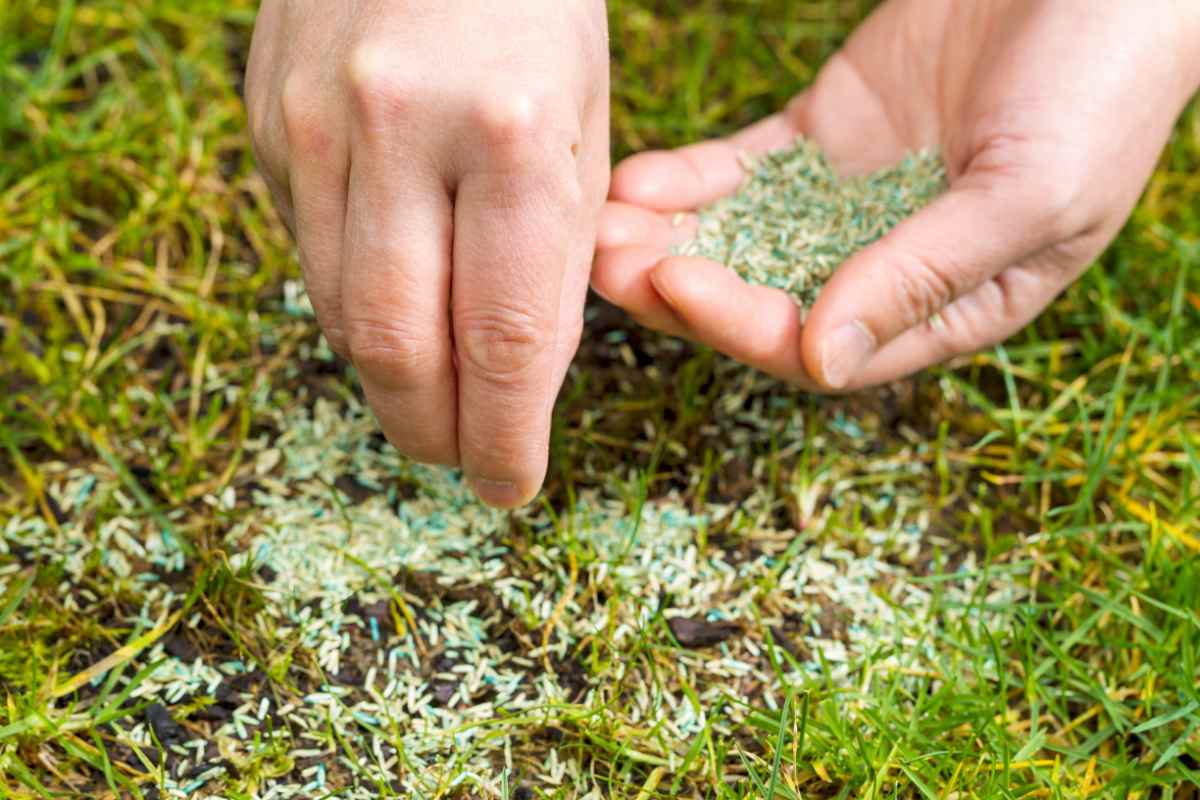
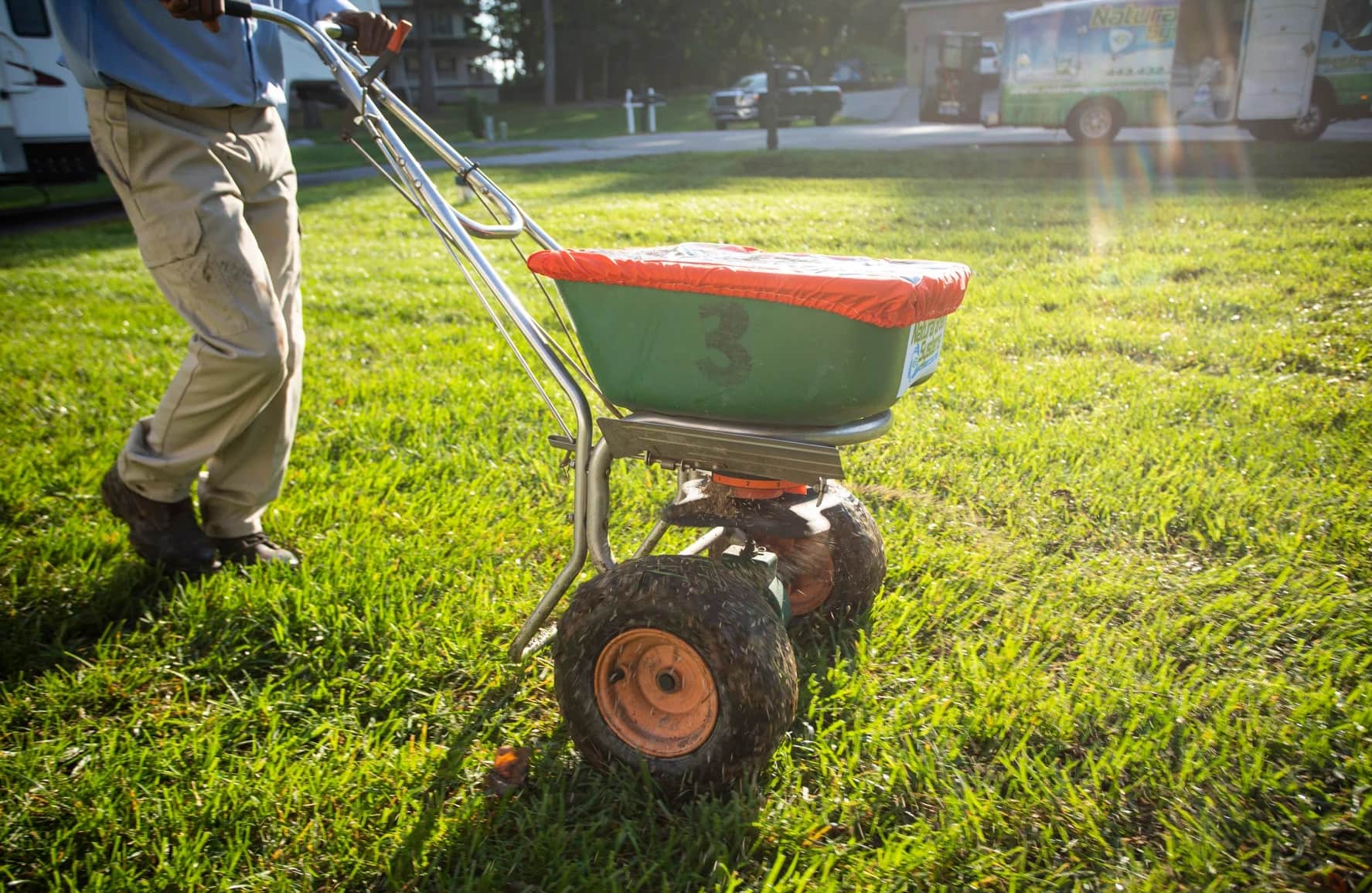


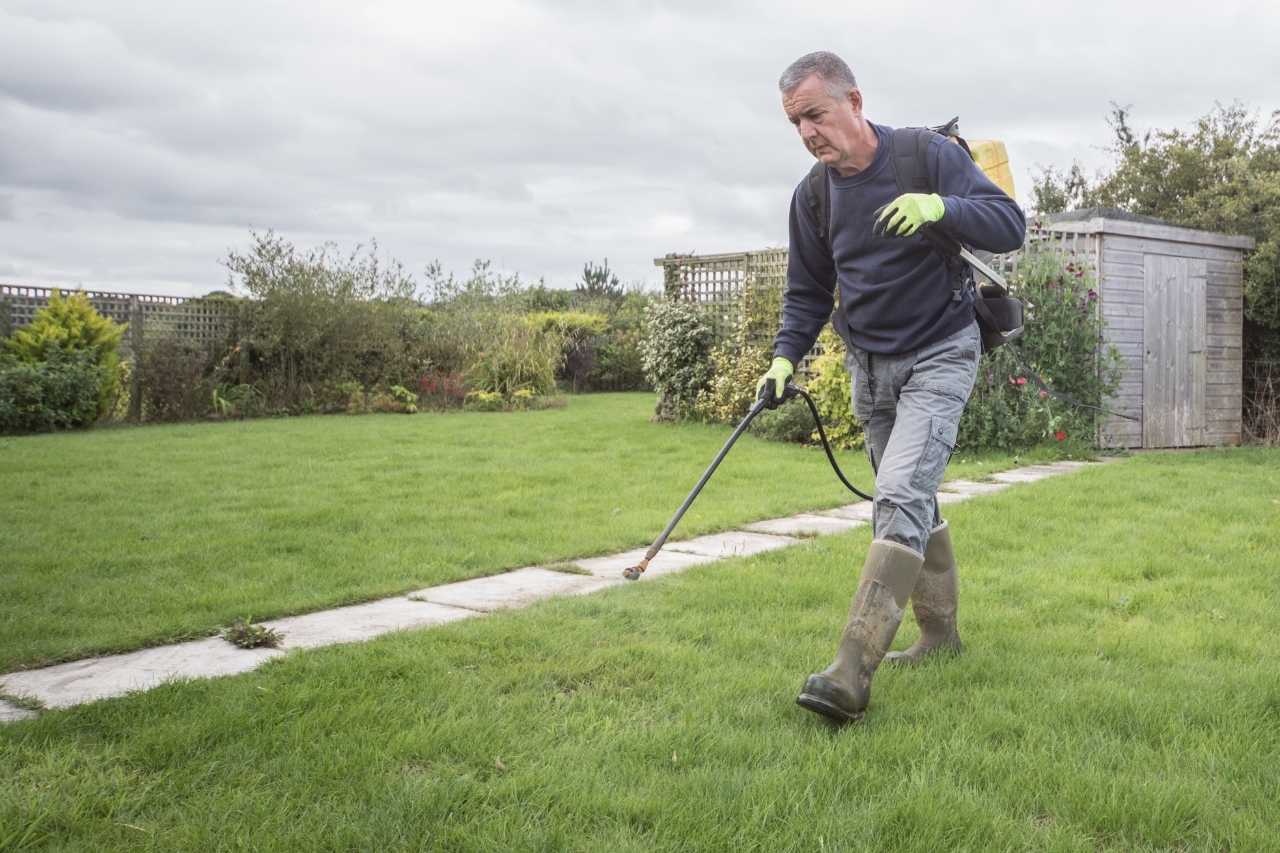
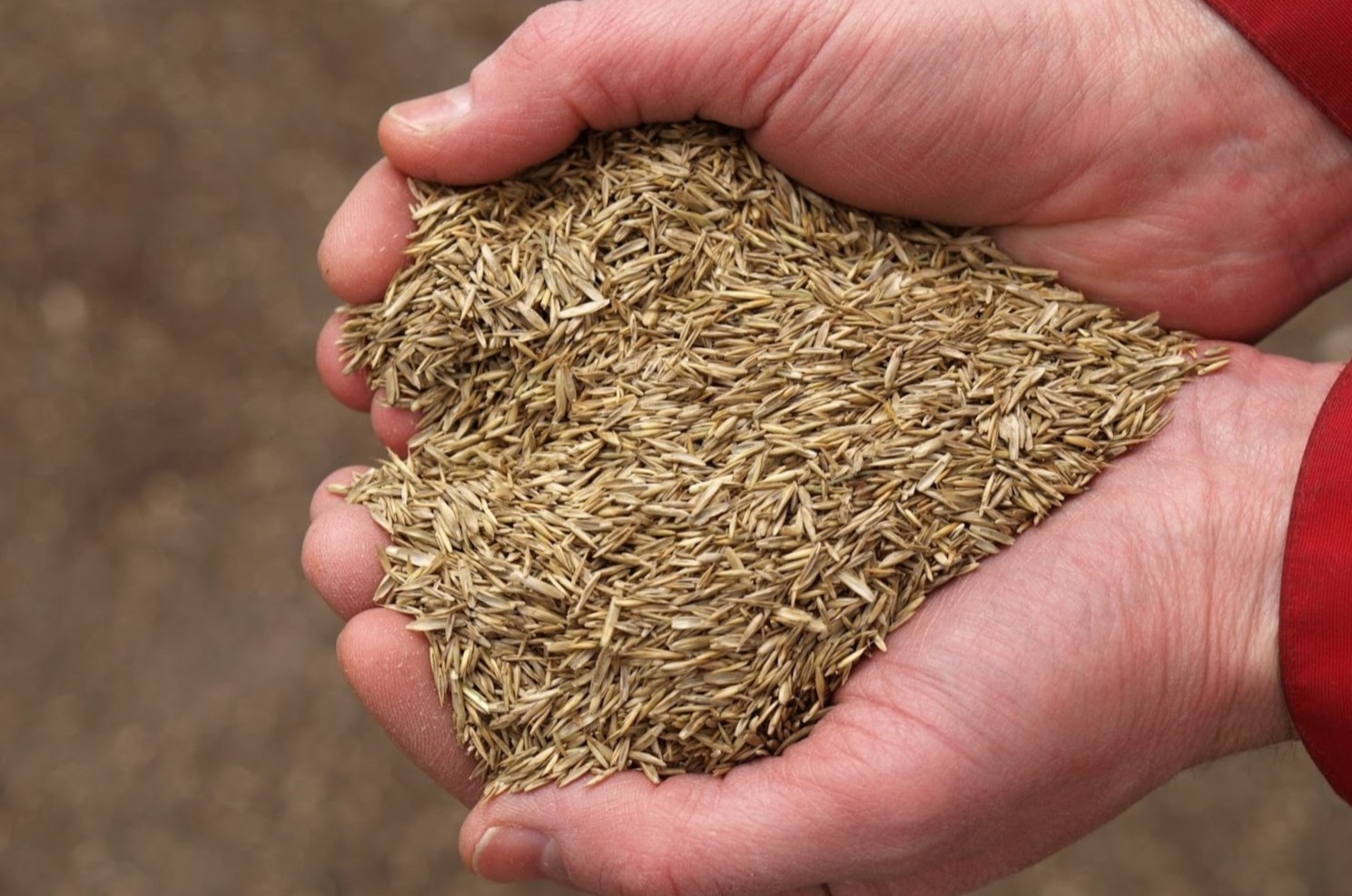



0 thoughts on “When To Put Pre Emergent On Grass”